We've found 800 matches for your search. Order by
Results
-
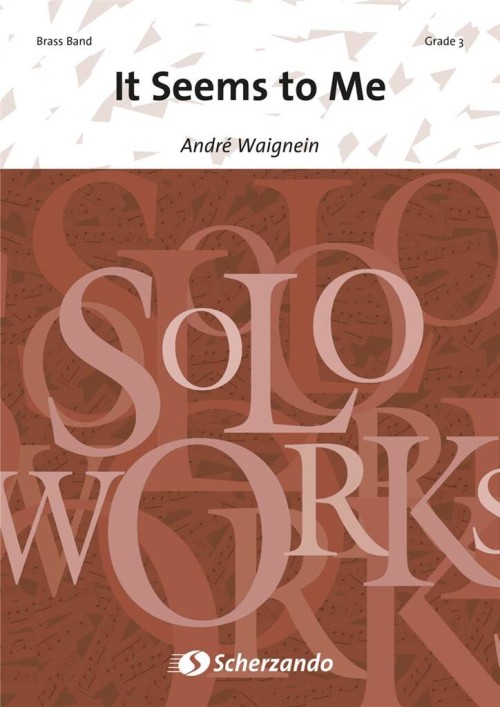 £60.99
£60.99It Seems to Me (Cornet Solo with Brass Band - Score and Parts) - Waignein, Andre
Duration: 4.15
Estimated dispatch 7-14 working days
-
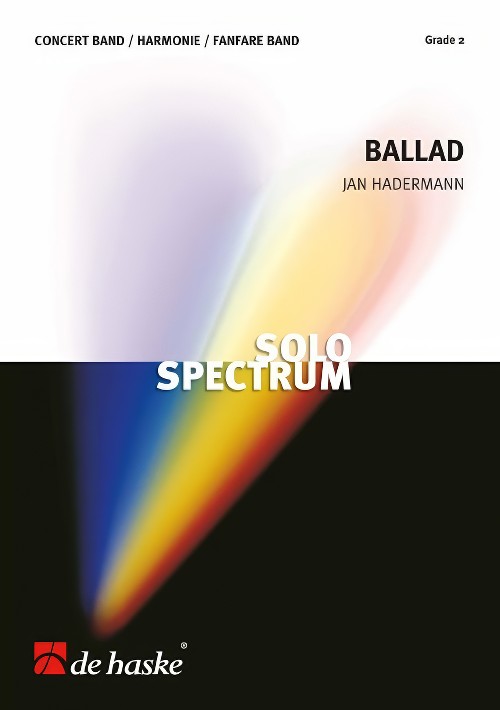 £54.99
£54.99Ballad (Cornet Solo with Brass Band - Score and Parts) - Hadermann, Jan
Duration: 3:30
Estimated dispatch 7-14 working days
-
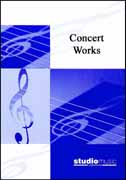 £42.95
£42.95Abide With Me (Cornet Solo with Brass Band - Score and Parts) - Pearce, Ralph E.
Recorded by Roger Webster on Polyphonic QPRL236D My HeroesDuration: 5'15"
Estimated dispatch 7-14 working days
-
 £24.95
£24.95ALPINE ECHOES (Cornet Solo with Brass Band Set)
Estimated dispatch 7-14 working days
-
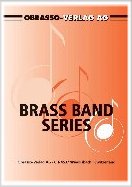 £47.60
£47.60ASH GROVE, The (Cornet or Flugel Horn Solo with Brass Band) - Marlow, Alan P.
Grade: Easy.
Estimated dispatch 7-14 working days
-
 £33.00
£33.00CANZONETTA (Cornet Solo with Brass Band) - Barry, Darrol
Estimated dispatch 7-14 working days
-
 £24.95
£24.95CAPRICCIO (Eb Cornet or Eb Horn Solo with Brass Band Set)
Estimated dispatch 7-14 working days
-
 £50.90
£50.90CAVATINE (Cornet or Flugel Horn Solo with Brass Band) - Bizet, Georges - Fernie, Alan
From the Pearl Fishers. Grade: Easy/Medium.
Estimated dispatch 7-14 working days
-
 £32.95
£32.95CHAL ROMANO (Brass Band) - Ketelby, Albert - Moss, Harold
Solo Cornet Conductor
Estimated dispatch 7-14 working days
-
 £24.95
£24.95D.M.G. (Cornet Solo with Brass Band Set)
Estimated dispatch 7-14 working days
